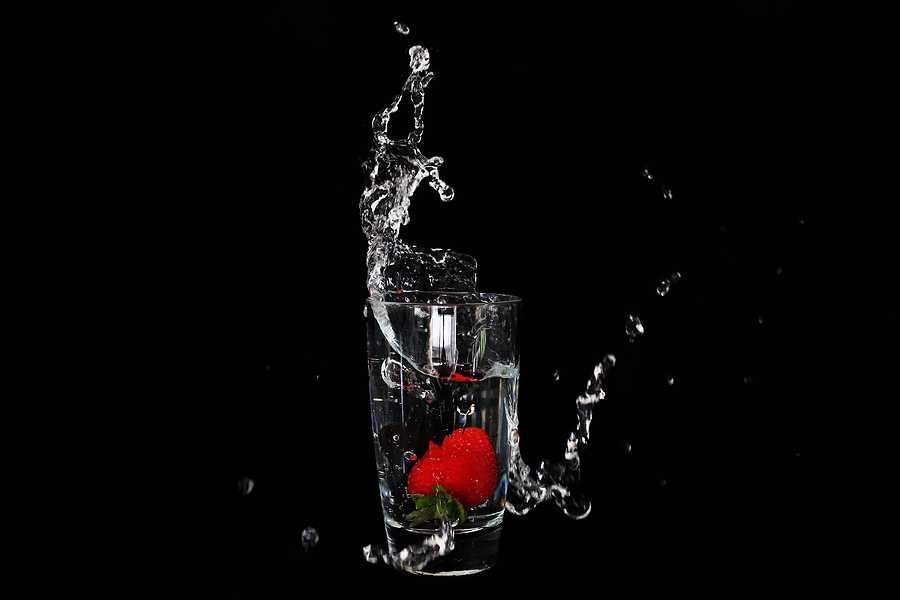
High-speed imaging and videography have been popular techniques since their inception in the late 1800s, but new technology and imaging solutions have improved quality immensely. High-speed imaging can capture an image in a split second, and the image quality is so high that you can capture tiny details.
High-speed imaging is the art of capturing movement that is difficult to see with the naked eye and can't be achieved with a regular camera or cell phone lens. High-speed imaging is most commonly seen in speed cameras, surveillance systems, sports, and scientific laboratories.
Understanding Speed and Shutter Stops in Photography
Shutter speed is everything when capturing action photos. Regular cameras and phone cameras are set to about 1/60 or 1/125, and 1/500 is the fastest shutter speed available on most cameras. Shutter speed regulates how long the moment is exposed and captured, so you'll get blurry images if your shutter speed is slow.
Most DSLRs now come with shutter speeds that go up to 1/4000, which is enough to capture most moments for art or event photography. Shutter speed on regular cameras and DSLRs is recorded in milliseconds, so a shutter speed of 1/1000 is one millisecond. High-speed DSLRs are often used in photojournalism, sports, fashion, and capturing moments and events.
How High-Speed Imaging Works
Technology now exists for even faster shutter speeds and more detailed images and is often used by large companies or government agencies for surveillance, safety, military, and other regulatory purposes. They measure shutter speed in nanoseconds. This is the most significant difference between commercial photography and high-speed imaging.
Good photos depend on two things—light and speed. In comparison, high-speed cameras now capture images at 2,100,000 frames per second and 159 ns for shutter speed, such as the Photron SA-Z. To capture movements quickly, these cameras are usually equipped with a sensor that detects fast-moving objects. The camera will focus and snap the shot. High-speed cameras are also manufactured with excellent flash capabilities because the detail in the photo will depend on the light (f-stop) exposure.
High-speed cameras assist with creating the high-resolution, detailed videos we have of things like rocket launches and NASCAR events. It's almost impossible to do on a regular camera.
Companies like AOS Technologies are known for creating cameras with high-speed streaming and video capabilities used in military and aircraft testing.
Using High-Speed Imaging
Lab scientists also use this type of imaging to study physics and movement. Certain sports, like Formula 1 racing, require higher-quality high-speed cameras than sports like basketball. These cameras are used to capture images for NASA, as well as space stations around the world.
From automotive crash testing to industrial purposes, high-speed imaging has many applications in our world. You can expect this technology to continue to develop, and as more companies make advancements in this technological field, even more industries will benefit from high-speed imaging. For more on how your company or industry can benefit from high-speed cameras, call our Tech Imaging experts at 1-800-613-8180.
